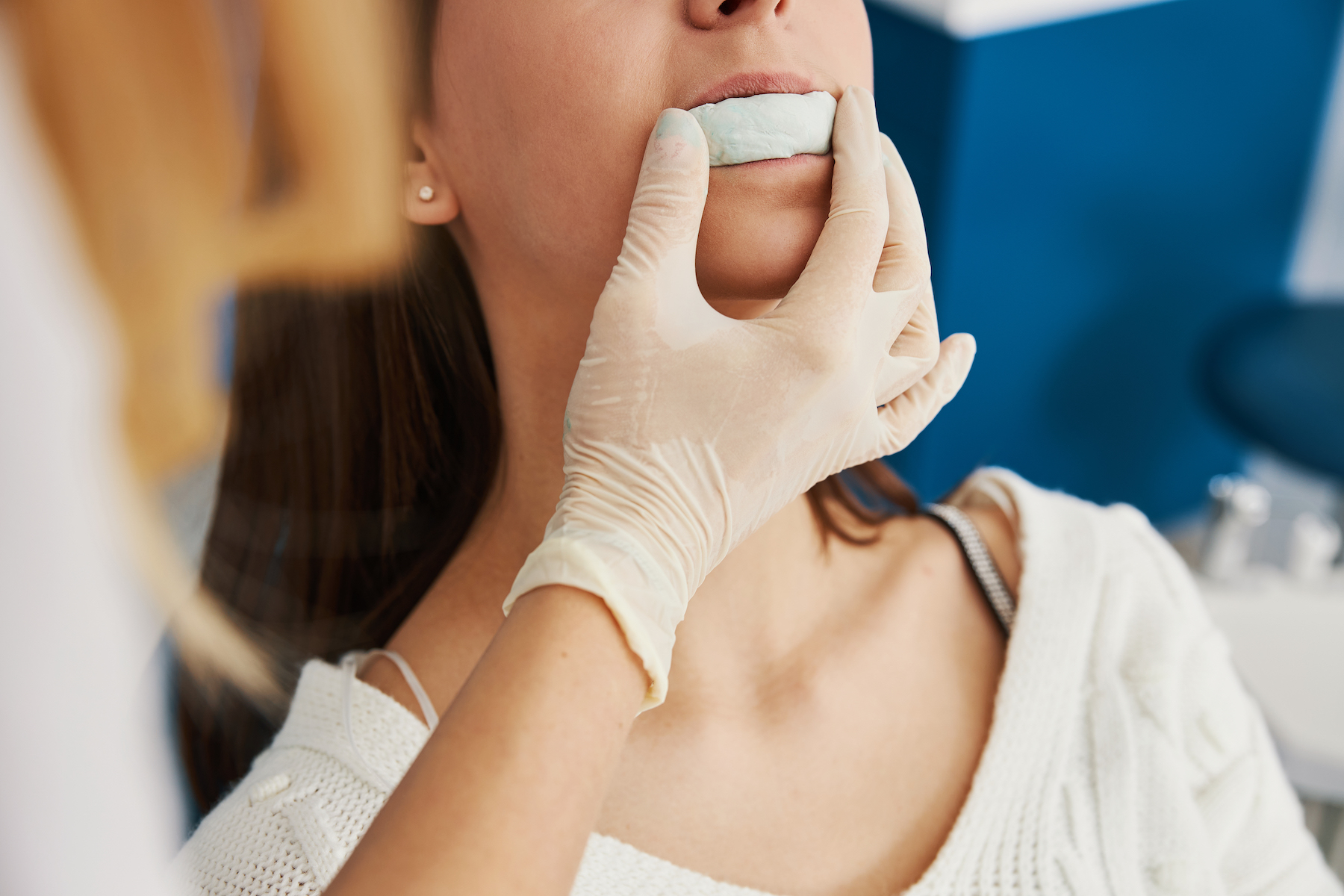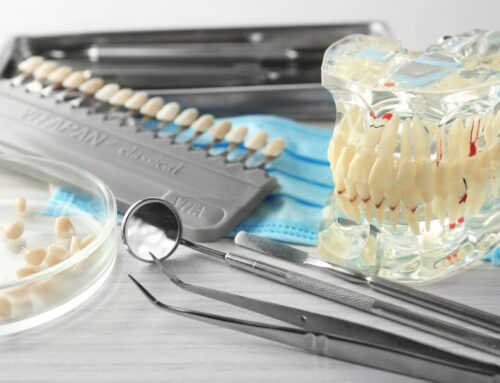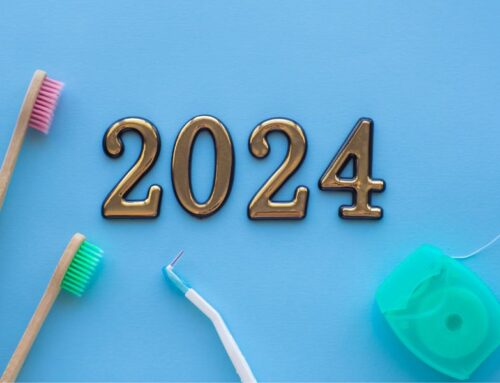Do you have a dental bite that needs correction? Are you not sure what to do about it? Don’t worry, you’re not alone. Many people have dental bites that need correcting, and there are a number of different ways to go about it. In this blog post, we will discuss the different kinds of dental bites and how to correct them.
There are a number of different dental bite issues that can occur, including overbite, underbite, crossbite, and open bite. Each of these issues can cause a variety of problems with your oral health, including difficulty chewing, tooth decay, and gum disease. If you are experiencing any of these problems, it’s important to seek help from a dental professional. A qualified dentist will be able to diagnose the problem and recommend the best course of treatment. In many cases, corrective dental surgery may be necessary in order to correct the problem. However, there are also a number of less invasive treatments that can also alleviate side effects from a problematic bite.
What does a proper bite look like?
A proper bite is when the upper and lower teeth meet evenly, with minimal overlap. In a perfect world, each tooth would touch its corresponding tooth in the opposing jaw. However, since no one’s bite is perfect, a good bite is one that is as close to ideal as possible. There are several factors that contribute to a good bite, including:
- The size and shape of your teeth
- The way your jaw muscles work
- The alignment of your jawbone
Now that we know the characteristics of a correct bite, let’s look at some examples of faulty bites.
Overbite
An overbite is a dental bite issue in which the upper teeth overlap the lower teeth. This can cause a number of problems, including discomfort when chewing, jaw pain, and even headaches. In extreme cases, an overbite can even lead to tooth decay and gum disease. If you think you may have an overbite, it’s important to see a dentist right away for corrective treatment. One way to fix an overbite is to wear braces, but surgery might also be necessary.
Underbite
An underbite is a dental bite in which the lower jaw extends further out than the upper jaw. This can cause a number of problems, including difficulty chewing and speaking, and misaligned teeth. In most cases, an underbite can be corrected through orthodontics, including braces. Surgery might be necessary if the condition warrants it.
Crossbite
Have you heard of a crossbite? A crossbite occurs when the upper jaw is positioned slightly inward, towards the lower jaw. This can cause teeth on one side of the mouth to overlap those on the other side. A good indication that you have a crossbite is if your upper teeth are able to fit behind your lower teeth when your mouth is closed. (It can resemble an underbite.) A crossbite is most often corrected with braces or surgery.
Open Bite
An open bite is a dental condition where the upper and lower front teeth do not meet when the mouth is closed. This can be caused by several factors, including thumb sucking and tongue thrusting. (Tongue thrusting is a condition when a person pushes their tongue between their top and bottom front teeth when they swallow.) An open bite can also be the result of genetics or an injury to the jaw. In most cases, an open bite can be corrected with braces or surgery.
Contact our Reno family dental professionals for more information on dental bites, and make an appointment with us!






